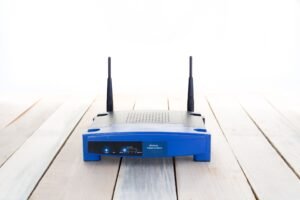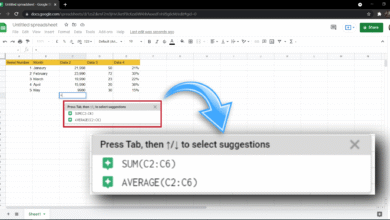
Configuring a VPN Router is recommended by IT security professionals in almost every situation involving the internet. VPNs are especially advised for travellers, binge-watchers, gamers, and businesses as a cybersecurity precaution. But that doesn’t negate the fact that the rest of us also require them. Contrarily, one of the best ways to defend yourself from cybercriminals is by using a VPN.
Virtual Private Networks can be used on a much wider network of devices than the PCs and smartphones that the majority of tech-savvy people use to browse the internet. Here’s why it’s a smart idea to set up a VPN directly on your router. Here’s how you can complete it independently.
Tell me once more, what is a VPN.
If the acronym and the technology are still foreign to you, a VPN is a unique kind of network that establishes a secure, encrypted connection between your devices and the internet. With the help of a VPN, you can conceal your IP address and make your online movements secret from prying eyes.
Regarding the privacy of personal information, this is crucial.
Your device and browser retain a digital trail of everything you do online. As a result, you become vulnerable to law enforcement, aggressive marketing campaigns, and cybercriminals. Use a VPN if you want to remain anonymous and keep your data private.
Additionally, a VPN can be used to link your device to a data server located in a different nation. The only way to access geo-restricted online media like movies and games is through this method. When you require a faster connection without lag, the same trick may be helpful.

Why Might I Require a VPN Router?
However, that still doesn’t address the main query we have today:
Why would you need a VPN router if every internet-capable device can access the internet via a VPN? Unfortunately, WiFi routers are also vulnerable to online attacks.
The risk increases as more devices are connected to your home or business network. Every device has the potential to be a point of entry that hackers can use to break into your network. In the event that their VPN connection is disabled, this would give them access to all of your devices.
So why use different VPN applications for each device when you can use a single, central Virtual Private Network that is always active? A much more robust, reliable, and ultimately safer user experience across all internet-enabled devices is what having a VPN router is all about.
Read Also: The Snapdragon 782G SoC in the Honor 80 Could Replace the Snapdragon 780 5G.
How Do I Configure My Router?
However, integrating a VPN into your router rather than using separate ones can be a little trickier. Make sure to get a VPN that supports router connection because it all comes down to the kind of router and Virtual Private Network you use. The router itself is responsible for the remaining steps.

The steps for configuration are as follows for the majority of brands and models:
1. Log in to your router
Find that rusty old user guide and look for the section that details the procedure for logging into your router. (Alternatively, this information should be available online.) The username and password must be entered along with the IP address of the router. Then, proceed as directed.
2. Set Up Your Router
Once inside, you can access the settings dashboard.
Here are the options for configuring a virtual private network. If you’re lucky, your router will come equipped with a VPN feature. If not, you’ll need to manually reroute traffic to a VPN. Call the customer service line for the manufacturer of your router if this starts to bother you.
3. A VPN connection test
All that’s left to do is test your brand-new VPN connection. The majority of VPN providers have an IP tracker on their websites that will reveal the precise IP address you are using right now. Something is wrong if the reading indicates that your traffic is coming from your ISP’s previous IP address.
Retry and repeat the procedure.












2 Comments